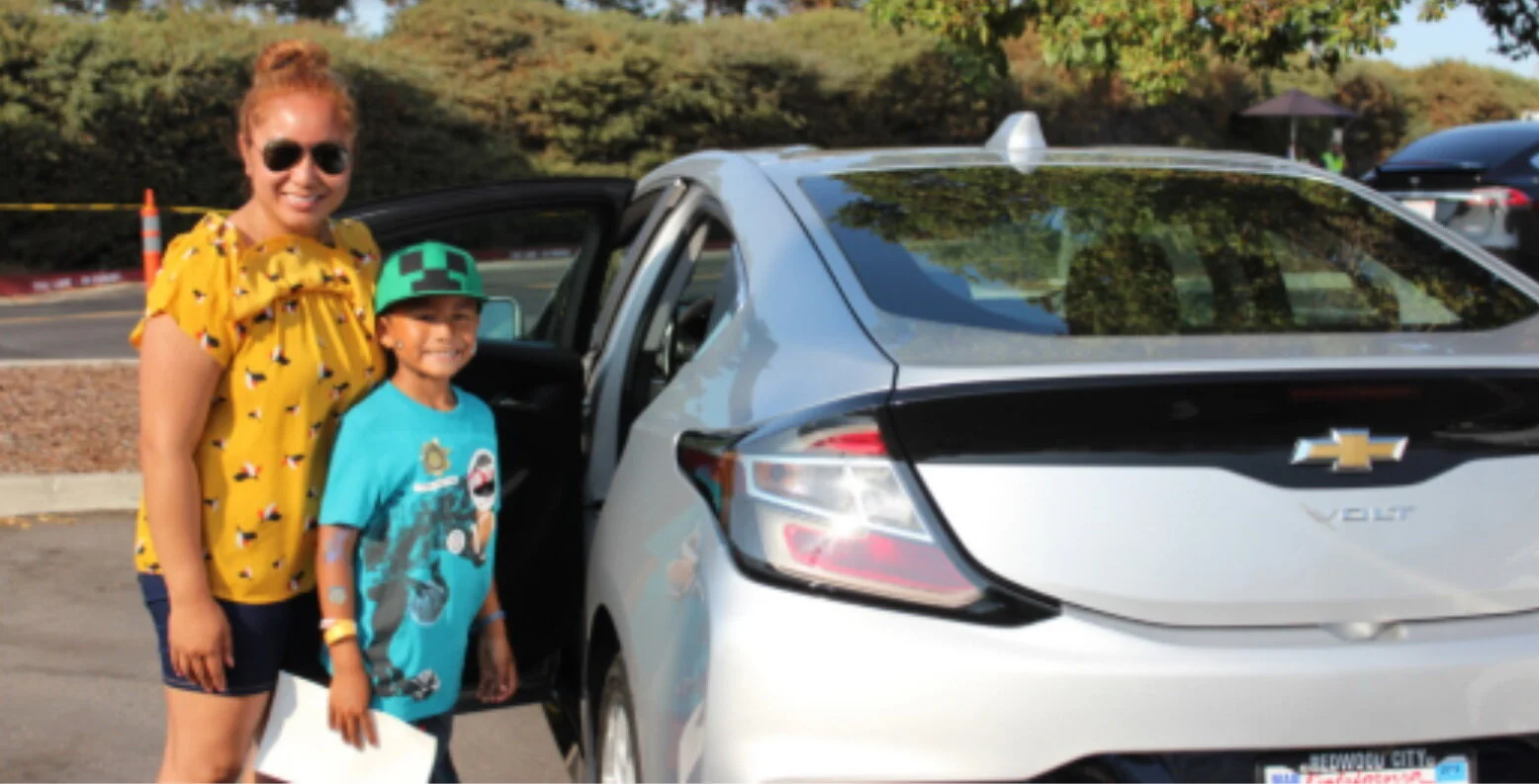Speak up for Electric Vehicle Equity!
Help us lobby California officials about EV access
BY: GUY HALL, DIRECTOR AND POLICY COMMITTEE CHAIR, ELECTRIC AUTO ASSOCIATION
Did you know that every new single-family home built in California is set up for electric vehicle (EV) charging? But less than 40% of parking spaces in new multi-family homes will be EV ready if the new proposed CALGreen building code for 2023-2025 is adopted as is. If the draft code isn’t strengthened, apartment and condo residents will continue to lack access to the financial, health, and climate benefits of driving EVs.
If you agree that this is wrong, please take two minutes now to speak up for EV equity! Help us shower California’s Department of Housing and Community Development (HCD) with comments urging EV Charging Access for All.
PLEASE USE THIS LETTER TEMPLATE TO SUBMIT COMMENTS. More talking points are here.
Send your letter via email to: cbsc@dgs.ca.gov, cc: evchargingaccess@gmail.com before Sept. 27, 2021.
Subject: Proposed CALGreen 2022 for Residential EV Infrastructure
Dear Building Standards Commission,
The California legislature has set ambitious, necessary electric vehicle (EV) goals to address the climate crisis. I am writing to ask that you do your part, and ensure our new buildings are equipped to meet those critical targets.
[PARAGRAPH HERE ABOUT WHY THIS IS IMPORTANT TO YOU, PERSONALLY]
The Governor’s recent mandate outlawed the sale of new gas cars by 2035, and we know that EV adoption is set to increase exponentially. So I was alarmed to learn that you are still proposing small, incremental changes to the building codes for EV charging infrastructure. I was also alarmed to learn that the current code doesn’t require multi-family housing (MFH) to have the same access to charging as single-family housing. This code cycle is an important opportunity to rectify structural inequities, and begin to provide MFH residents with the financial and health benefits of EV driving.
MFH residents face significant, often insurmountable barriers to retrofitting after the fact— and installing infrastructure at the time of new construction is by far the cheapest way to build EV charging access. The vast majority of EV drivers charge their cars at home, which is the most economical way to fuel an EV. Over 20 California cities have already passed EV reach codes; it’s time now for CALGreen to level the playing field and provide equitable, affordable, ubiquitous access to EV charging in new buildings in all California communities.
Specifically, we are asking you to require all new Multi-Family Housing units with parking to include:
an EV space that is wired directly to the corresponding unit’s electricity meter;
true EV Ready ‘plug-and-play’ charging access, via an electric outlet or EV charging cordset;
prominent labeling of EV charging spaces with highly visible signage, to increase EV awareness and encourage adoption.
Equity requires giving all MFH residents access to the convenience, health benefits, and cost savings of home charging. The climate crisis demands we step out of our comfort zone and act with greater ambition. Please do your part to improve the 2022 CALGreen code so that EV Charging will truly be accessible by all.
Sincerely,

